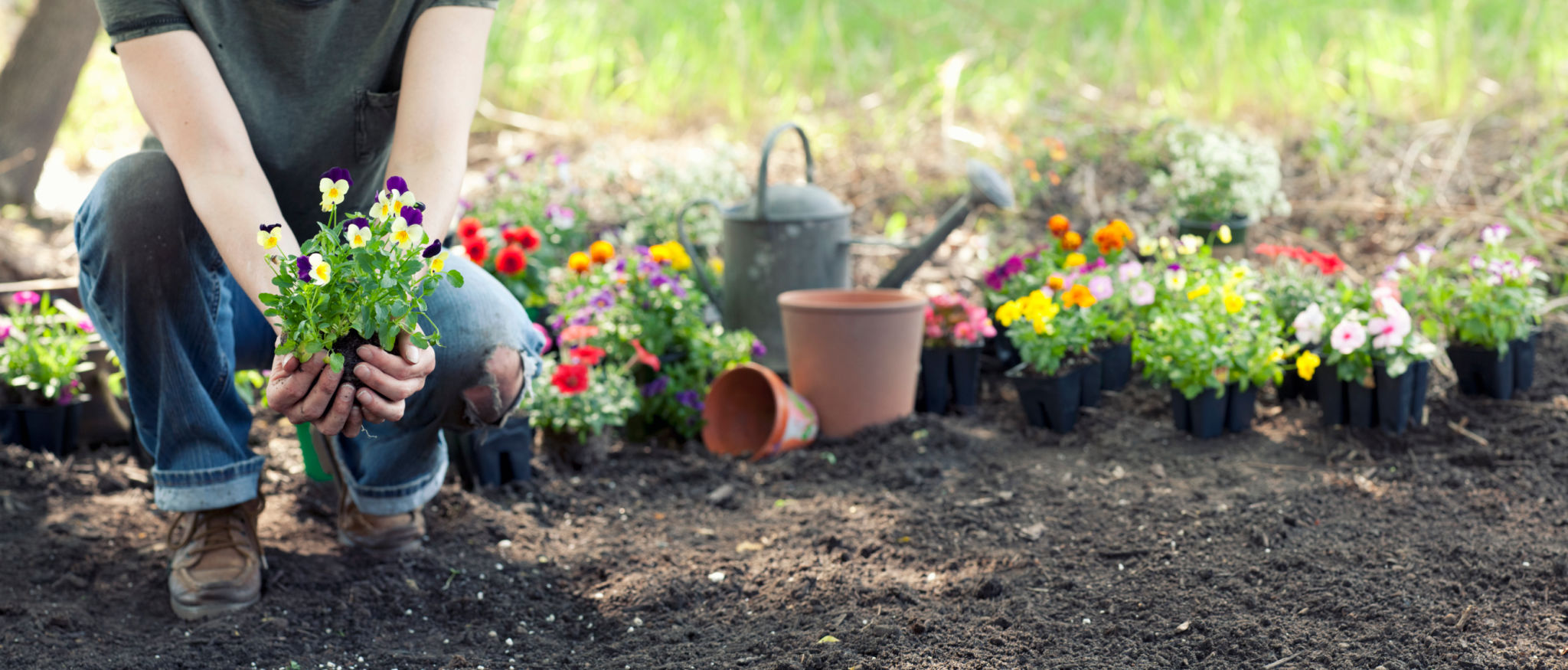Preparing Your Landscape for Spring: A Step-by-Step Guide
Assess Your Landscape
As the chill of winter begins to wane, it's the perfect time to start preparing your landscape for the vibrant burst of spring. The first step in this process is a thorough assessment of your garden and lawn. Take a walk around your property, inspecting for any damage caused by harsh winter conditions. Look for broken branches, damaged plants, and signs of pests. This initial evaluation will help you plan your spring landscaping tasks effectively.
Make note of areas that might require more sunlight or better drainage. Pay special attention to any bare patches in your lawn or garden beds that may need reseeding or additional soil. Taking stock of these details early on will ensure that you have everything you need to rejuvenate your landscape as the weather warms.

Clean Up and Clear Out
Once you have assessed the state of your landscape, it's time to roll up your sleeves and start the cleanup process. Begin by removing any debris such as fallen branches, leaves, and dead plants. This cleanup not only improves the appearance of your garden but also prevents diseases and pests from proliferating.
Pruning is another essential task during this phase. Trim back any overgrown shrubs or trees to encourage healthy growth. Be sure to use clean, sharp tools to make precise cuts that will heal quickly. Cleaning up your landscape sets a strong foundation for a thriving spring garden.

Revitalize Your Soil
The health of your soil is crucial for a successful growing season. Start by testing your soil's pH level and nutrient content. This information will help you determine if you need to add any amendments such as lime or sulfur to balance the pH, or fertilizers to boost nutrient levels.
Once you've assessed your soil's needs, consider adding organic matter like compost or well-rotted manure. These materials improve soil structure, increase fertility, and promote beneficial microbial activity. A revitalized soil will give your plants a strong start as they begin to grow.
Plan Your Planting
Spring is the ideal time to introduce new plants to your landscape. Before heading to the garden center, plan out what you want to plant and where. Consider factors like sunlight, soil type, and water availability to ensure that each plant has the best chance of thriving.
A mix of perennials, annuals, and shrubs can provide a beautiful array of colors and textures throughout the season. Don't forget to check the planting zones suitable for each species to ensure they will flourish in your climate.

Lawn Care Essentials
Your lawn is a significant part of your landscape, and it deserves attention as well. Begin by raking away dead grass and debris that accumulated over winter. Aerating your lawn can alleviate soil compaction and improve water and nutrient absorption.
Consider overseeding any bare spots with grass seed suited to your region. Fertilizing with a balanced, slow-release fertilizer can also promote lush, green growth throughout the season. Regular mowing and watering will maintain its healthy appearance.
Maintain Consistent Care
As spring progresses, maintain a consistent care routine for your landscape. Regularly check for pests and signs of disease, and address any issues promptly. Continue pruning as necessary, especially for fast-growing plants that may become unruly.
Watering is crucial, particularly during dry spells. Implementing a mulch layer can help retain moisture and suppress weeds, keeping your garden looking its best with minimal effort. Consistent care will ensure a thriving landscape all season long.

By following these steps, you can prepare your landscape for spring and enjoy a beautiful outdoor space as the days grow longer and warmer. With careful planning and ongoing maintenance, your garden will be a source of pride and enjoyment throughout the year.
